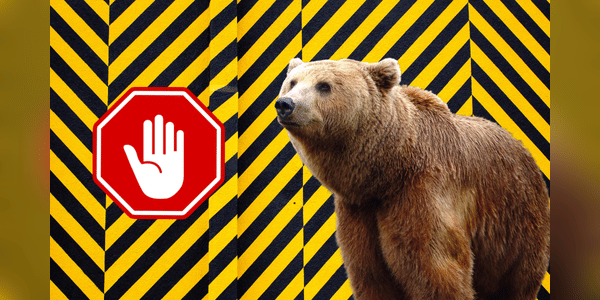A 100 year old statistic with a 100% success rate guarantees that the bearmarket will pass. It will also tell you when…
Probably every novice investor would like to see the markets only in green. And maybe even the experienced ones. Unfortunately, it doesn't and can't work that way. Dips and bearmarkets are part of the market and let's be happy for them. Because every downturn can open up new buying opportunities. That's just one reason why I would recommend staying calm during a downturn. And the other is the statistic that says that so far every bearmarket has gone under at some point.

I'd like to present you with a couple of numbers today that might make you feel better from a long-term investor's perspective. They'll all be positive, for the most part... Unless you're bitter. But in that case, you're probably already familiar with these numbers 😁
The numbers and statistics speak volumes!
Market cycles are measured from peak to trough, so a stock index officially enters bearish territory (bearmarket) when the price drops at…
The past is also no guarantee of the future
how am I good at trading, stocks, choosing a classy broker
Please help me